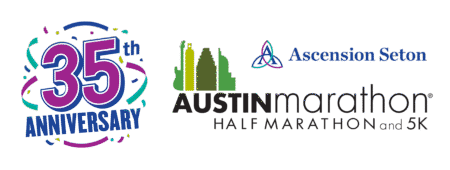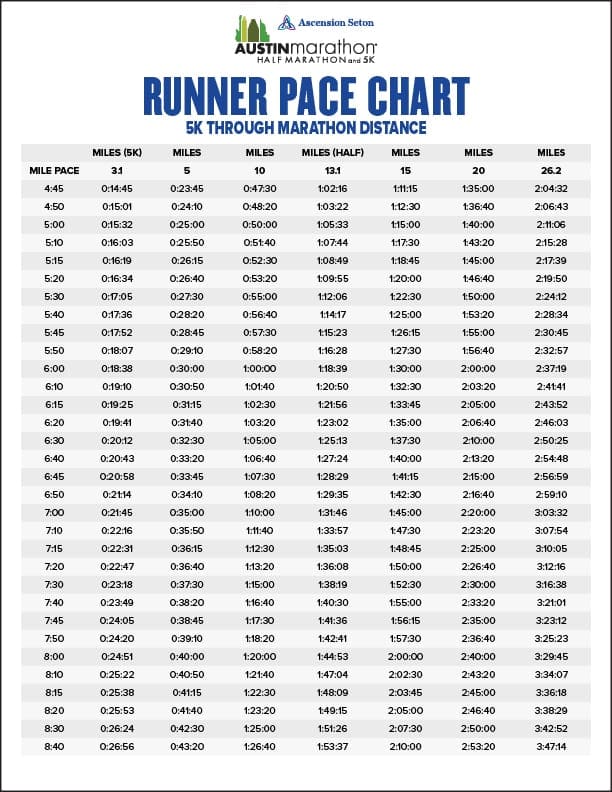Complete these 4 Stretches Before You Run
Help prevent injury and add these 4 stretches before you run
Aside from losing weight and lowering your blood pressure, running is an activity that comes with numerous benefits. It can help improve both your mental and physical health. Just like other exercises, you need to warm up your body before you begin. A great way to do that before running is to stretch. We breakdown why injuries happen and advise that you complete these 4 stretches before you run.
Regardless of how beneficial running can be, more than 65% of runners get injured every year. This stat might seem discouraging, but the good news is that you can avoid these running injuries. One of the primary reasons why people get injured after running is because their muscles were overworked or overstretched. When the muscles in the legs are stiff and tight, running might be a bad idea as it can lead to injuries. In order to avoid getting injured, the muscles should be first stretched properly. The best way to avoid this is by completing these 4 stretches before you run. If you do become injured, see Dr. Allen and the experts at Ascension Seton Sports Performance.
Pro tip: don’t begin marathon training without these 7 essential items!
-
Single-Leg Deadlift
This exercise is an effective means of stretching every muscle within the hips and hamstrings. To do this, get into a standing position with your feet hip-width apart. Place your weight on your right leg and gradually raise your left leg out behind you and make sure it’s straight. As you raise your left leg, simultaneously hinge at your waist. Doing this correctly gets you into a T shape.
-
Hip Flexor Stretch
A tight hip flexor can cause injuries while running. This exercise can help avoid that injury. Get into a lunge position with your front knee at 90 degrees. Then gradually straighten your back leg and then raise your arms. Hold in this position for 10 seconds and change legs.
-
Walking Lunge
This exercise helps avoid injuries in the knee and thigh region. Get into a standing position, then move your right leg forward. Bend the right leg until the knee is at 90 degrees and the back knee is almost touching the ground. Stay in this position for 5 seconds and then move forward with the left leg. While doing this, place your hands on your waist.
-
Calf Raise
This is another helpful stretching exercise that can help avoid injuries while running. This exercise targets muscles in the calf region. To do this, stand straight and gently push through the balls of your feet till your heels are high, and you are standing fully on your toes. After standing on your toes for 5 seconds, slowly return to your initial standing position.
Avoiding injuries that are caused by running is possible, but only with the right stretching. Completing these 4 stretches before you run is very important. Especially for people that haven’t engaged in running for a long time or engage in activities that require less movement. If you have an injury or what to become a better runner, email Ascension Seton Sports Performance today – sportssci@ascension.org.





